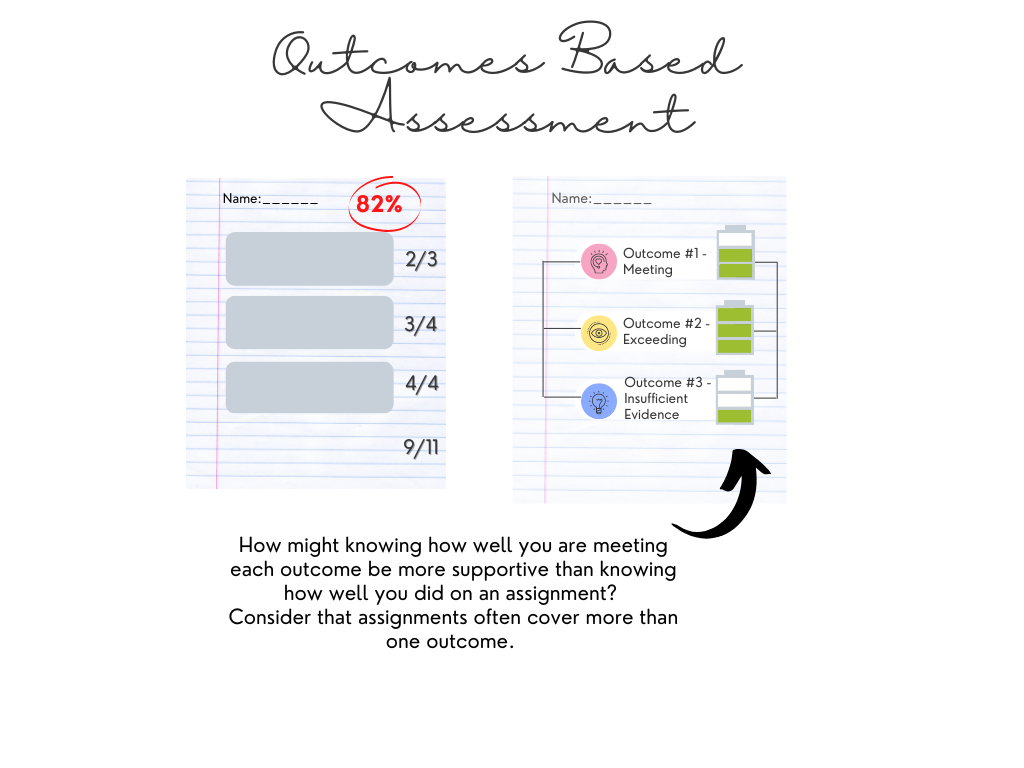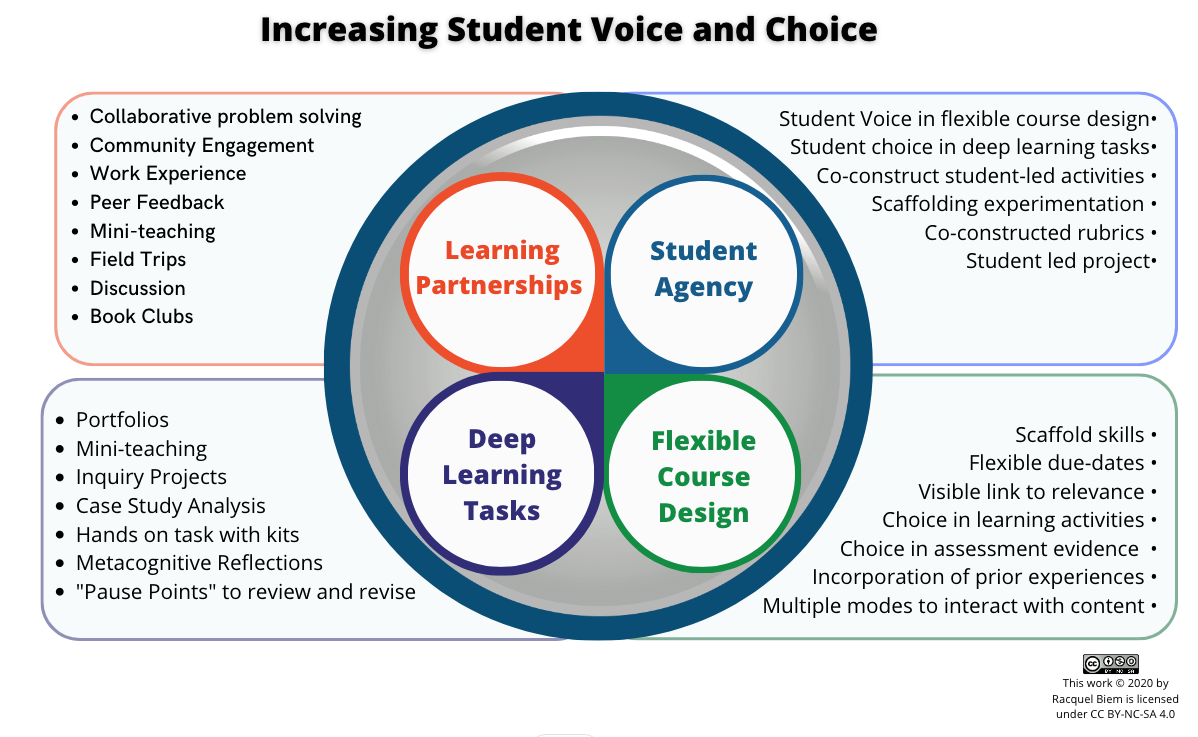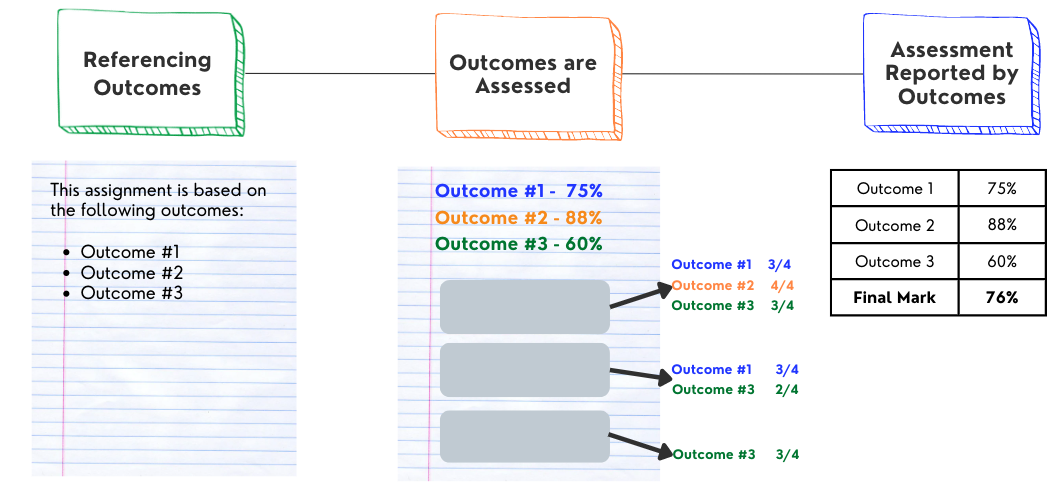Getting More Active (and getting more learning)

Summary: Boost engagement and deepen learning with active learning strategies. Discover tips to make your classroom more interactive and effective.
Date of publishing: December 20, 2018
This post focuses on easy changes to make your course more active.
Step 1- Clarify the purpose of active learning in your class
Active learning is time in your classroom when students are actively thinking, talking, and making sense of ideas. It is contrasted with passive learning, when students are being receptive (listening, note taking, etc.) An individual class is typically considered active when 60% or more of the time is students thinking and talking, rather than the instructor explaining. To get started with active learning, identify a key or threshold concept (Meyer and Land, 2003) that students need to understand well and use often, but seem to struggle with. That’s a great place to focus on active learning, because active learning processes make it more likely your students will be able to retain and apply what they have learned.
Step 2 – Consider options
Before you make any type of change, you often need to consider possible options. Start will some videos or browse some resources and think about the strategies that might fit well given your content and discipline. It is essential that the specific strategy fit the concept you need student to make sense of, so you can’t just pick one at random. For threshold concepts, strategies like error analysis, concept formation/concept attainment etc. are often the most effective. If you’d like someone to help you consider some options best suited to you, but you don’t want to wade through the options, make a short appointment with Gwenna Moss. We’ll suggest some great options given what you explain about the concept that you are teaching and the size of your class.
Step 3 – Try something small
- Start by really clarifying how the process will work in your own mind.
- Identify what you’ll still need to teach directly so students have enough knowledge to do the active task.
- Choose a class you are comfortable in, and explain how important the concept is and why you’ll be using an active strategy. If you haven’t used the particular strategy you are trying, explain the process and what behavior you’ll expect explicitly.
- Use the strategy, circulating to help or prompt students often.
- Once you are done with the activity, summarize the key takeaways and implications with your students. Next time this key concept comes up, refer back to the activity and the lessons learned. You use the summarizing and references to prior learning to ensure students are connecting the learning well, and didn’t miss anything essential.



One Comment
Pingback: